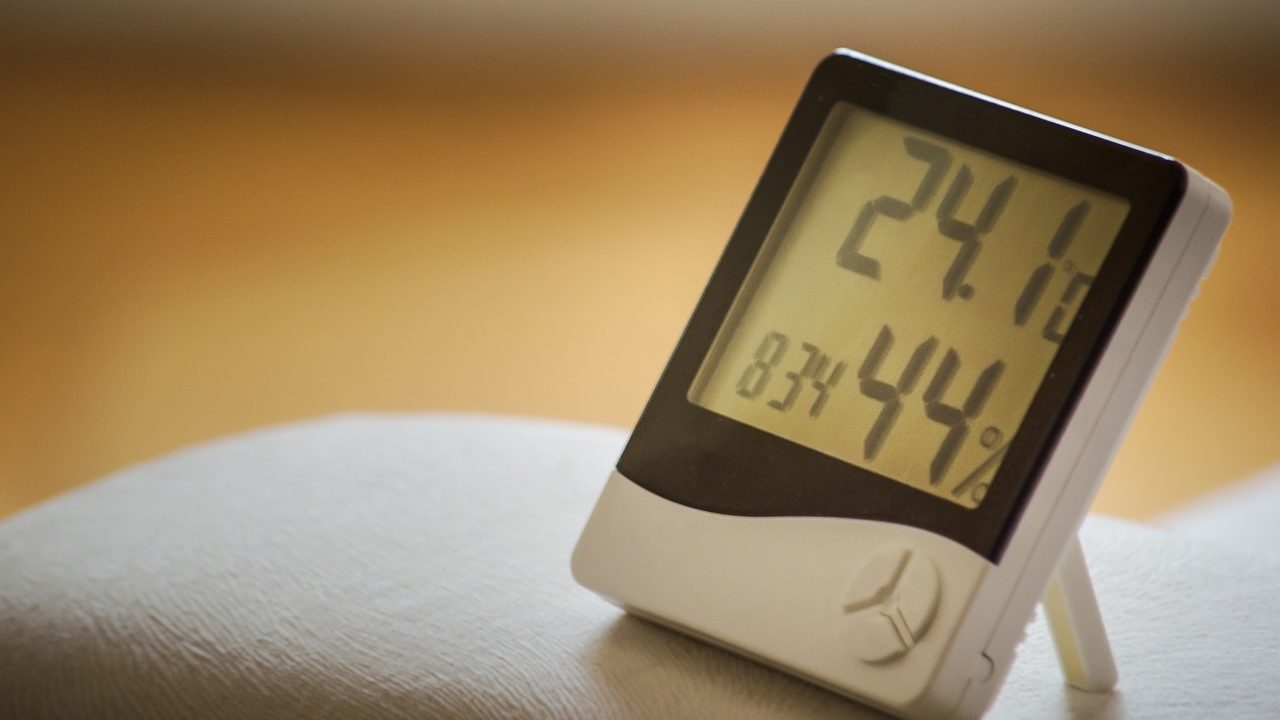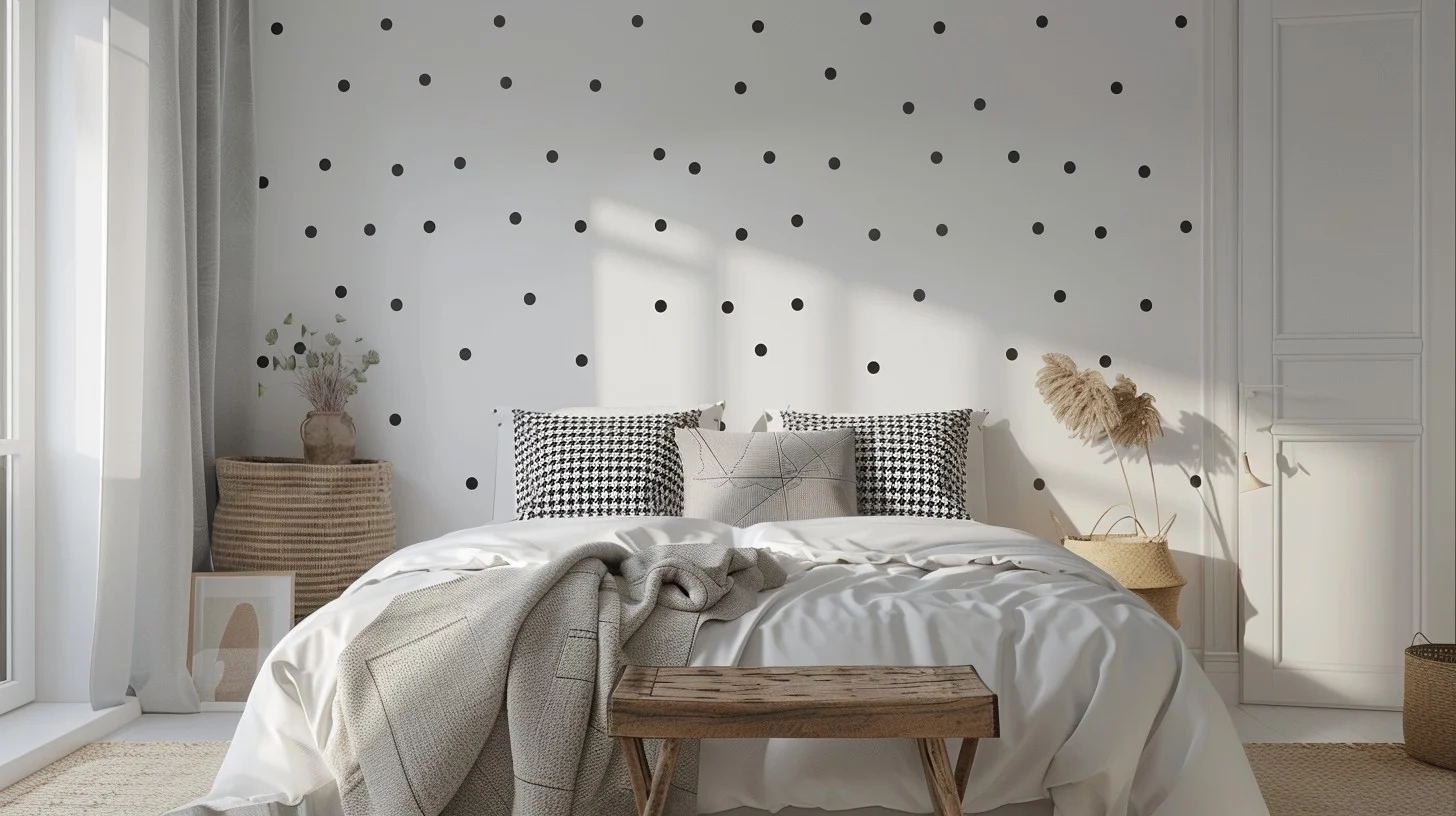Key Takeaways
-
Regular, thorough cleaning routines, including vacuuming and hot-water laundering, are essential in preventing mite infestations.
-
Controlling indoor humidity below 50% significantly reduces mite populations.
-
Sealing home entry points and proper landscaping effectively prevent clover and bird mite invasions.
-
Managing pets through grooming, veterinary care, and clean bedding helps prevent mite-related issues.
-
Employing natural deterrents and protective covers strengthens your home’s defences against mites.
-
Recognizing early infestation signs allows for timely interventions to avoid severe problems.
-
Professional pest control is recommended when infestations persist or pose significant health risks.
 Mite infestations are a highly instrumental concern for every household across the United States, posing risks ranging from allergies and asthma attacks to skin irritation and discomfort. These microscopic pests thrive in unnoticed but their suitable conditions in various home environments, often causing various health issues before homeowners even realize they have a problem. Understanding the different types of mites and how they invade your living spaces is crucial in preventing infestations.
Mite infestations are a highly instrumental concern for every household across the United States, posing risks ranging from allergies and asthma attacks to skin irritation and discomfort. These microscopic pests thrive in unnoticed but their suitable conditions in various home environments, often causing various health issues before homeowners even realize they have a problem. Understanding the different types of mites and how they invade your living spaces is crucial in preventing infestations.
Types of Mites Common in US Homes
If we are able to identify the correct mite species, it will help us to determine the most effective prevention measures. Here are the primary mite types commonly encountered:Dust Mites
Dust mites are highly invisible to the naked eye and thrive in soft furnishings, mattresses, carpets, and bedding. They feed primarily on human skin flakes and are the leading cause of indoor allergies. While they do not bite, their presence can trigger severe allergic reactions, particularly in individuals with respiratory sensitivities.Clover Mites
Clover mites are tiny red mites commonly seen around windows, doors, and the foundation of homes, especially during seasonal changes. Although harmless to humans, they can become a nuisance as they invade in large numbers and can stain surfaces if crushed.Bird Mites
Bird mites infest homes when their natural bird hosts leave or are removed from nests. These mites can bite humans, causing irritation, itching, and discomfort. They often enter homes through openings near roofs, attics, or vents.Scabies Mites
Scabies mites are parasitic, burrowing under human skin, causing intense itching and rash. They spread primarily through prolonged skin-to-skin contact and can infest clothing and bedding temporarily. Understanding these mites’ characteristics helps homeowners adopt targeted and efficient prevention strategies.Comprehensive Preventive Mites Strategies


Not getting a solution?
Get your free pest control estimate today!Maintain Optimal Indoor Humidity Levels
- High humidity significantly increases mite populations, especially dust mites:
-
Use Proper Dehumidifiers: Keep indoor moisture levels below 50% to create unfavourable conditions for mites.
-
Ventilate Properly: Use high-quality exhaust fans in kitchens and bathrooms to eliminate excess moisture.
-
Fix Leaks Immediately: Address plumbing issues promptly to avoid creating damp environments ideal for mite reproduction.

Regular and Thorough Cleaning
- Consistent and thorough cleaning routines drastically reduce mite populations:
-
Vacuum Regularly: Employ vacuums with HEPA filters at least weekly to effectively trap mites and allergens.
-
Dust Frequently: Use damp microfiber cloths to remove dust without spreading it into the air.
-
Hot Water Laundry: Wash bedding, curtains, and fabric upholstery regularly in hot water (at least 130°F) to eliminate mites and allergens.

Protective Bedding and Furniture Covers
Encase mattresses, pillows, and upholstered furniture with mite-proof covers to prevent mites from settling and breeding. These covers block allergens and reduce exposure to mite droppings, significantly improving indoor air quality.Seal Entry Points
- To prevent clover mites and bird mites from invading:
-
Inspect and Seal Gaps: Regularly check your home’s exterior for cracks and gaps around doors, windows, foundations, and vents. Seal these openings using caulk or weatherstripping.
-
Screen Vents and Chimneys: Install fine mesh screens over vents and chimneys to prevent birds and rodents from nesting.
Effective Landscaping Practices
- Proper yard care reduces the chances of mite invasions:
-
Create Vegetation Barriers: Maintain at least a two-foot barrier of gravel or mulch around your home’s perimeter, deterring clover mites.
-
Trim Vegetation: Keep grass, shrubs, and trees trimmed and away from your home’s walls and windows.

Manage Pets Effectively
-
Routine Grooming: Regular bathing and grooming reduce dander and potential mites.
-
Veterinary Check-ups: Schedule regular vet visits to detect and treat mites early, especially mange and ear mites.
-
Wash Pet Bedding: Frequently launder pet bedding in hot water to minimize mite presence.
Pets can introduce and harbor mites:
Safe and Natural Deterrents
-
Essential Oils: Sprays containing eucalyptus, lavender, tea tree, or peppermint oil repel mites naturally.
-
Diatomaceous Earth: Spread food-grade diatomaceous earth in carpets and bedding to eliminate mites safely and naturally.
-
Steam Cleaning: Regularly steam clean furniture, mattresses, and carpets, which kills mites through high temperatures.
Natural products effectively complement preventive efforts:
Recognizing Early Signs of Mite Infestation
-
Allergic Reactions: Persistent sneezing, coughing, watery eyes, or skin irritation may indicate dust mite presence.
-
Visual Indicators: Presence of tiny red or black specks near entry points suggests clover or bird mites.
-
Pet Symptoms: Increased scratching, hair loss, or irritated skin in pets can signal a mite issue.
Early mite detection is key in the process of managing and preventing serious infestations:
Professional Intervention
-
Persistent Infestations: When constant DIY measures fail, professionals can provide targeted, effective treatments.
-
Severe Allergies or Health Concerns: Professional treatments ensure thorough eradication and allergen reduction.
-
Unidentified Infestations: Professionals can accurately identify the mite species and apply appropriate solutions.
In some possible cases, professional pest control services become necessary to be taken help of:
If you feel things have gone out of control, it is advised to contact pest control professionals. Our team can provide a customized approach to protect your home effectively. Visit our Species, Control, and DIY Guide sections for additional resources on mites and ways to tackle a mites infestation.





